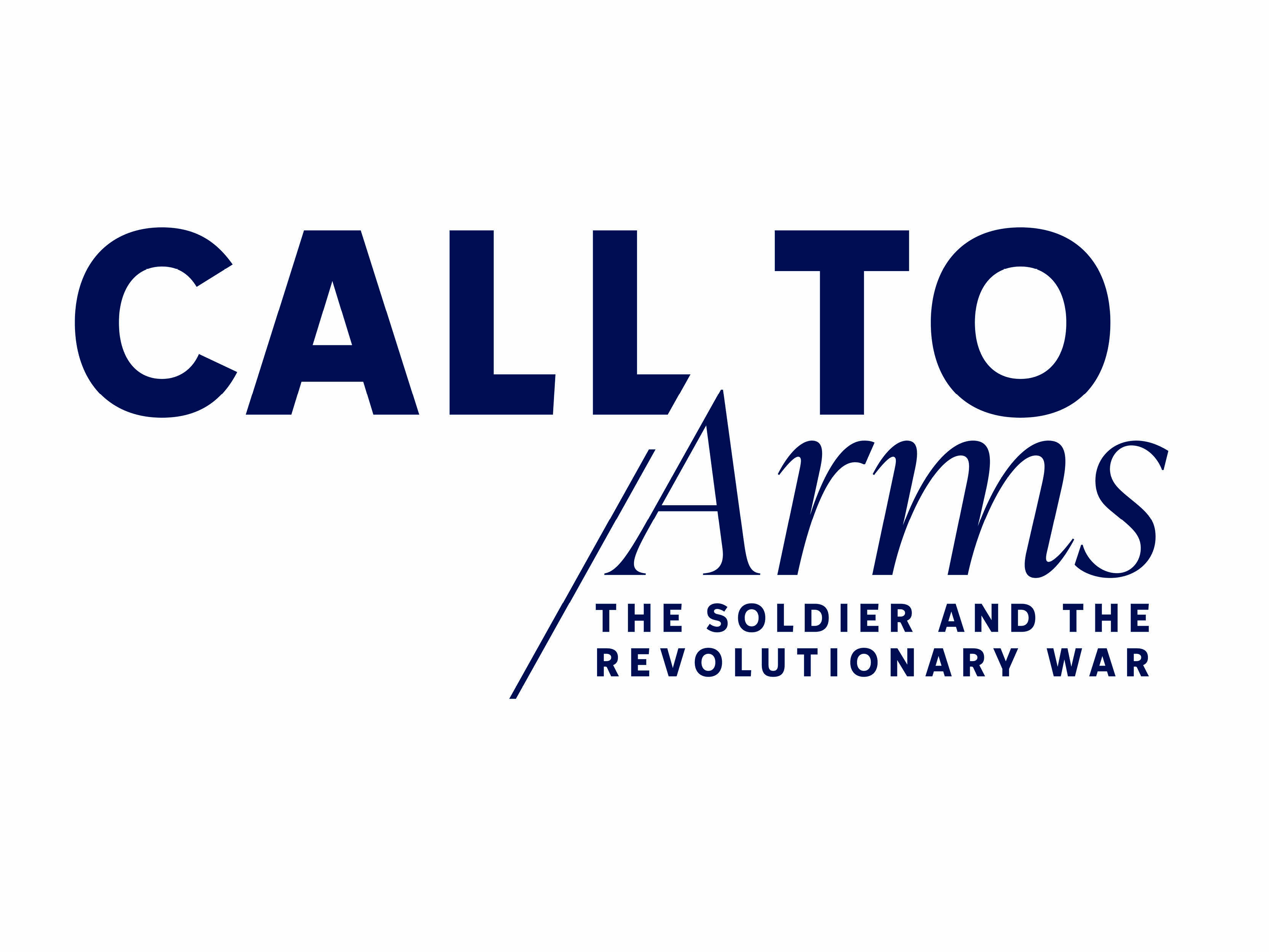

REV WAR 250
Curated specifically to commemorate the 250th anniversary of the Army’s Birthday and the Declaration of…

Step into history through this powerful new exhibition commemorating the U.S. Army’s 250th Birthday and the upcoming 250th anniversary of the Declaration of Independence. This landmark display features rare Revolutionary War artifacts from the original colonies, England, France, and Canada—brought to life through the stories of the Soldiers who became our nation’s first veterans.
On display from June 2025 through June 2027.
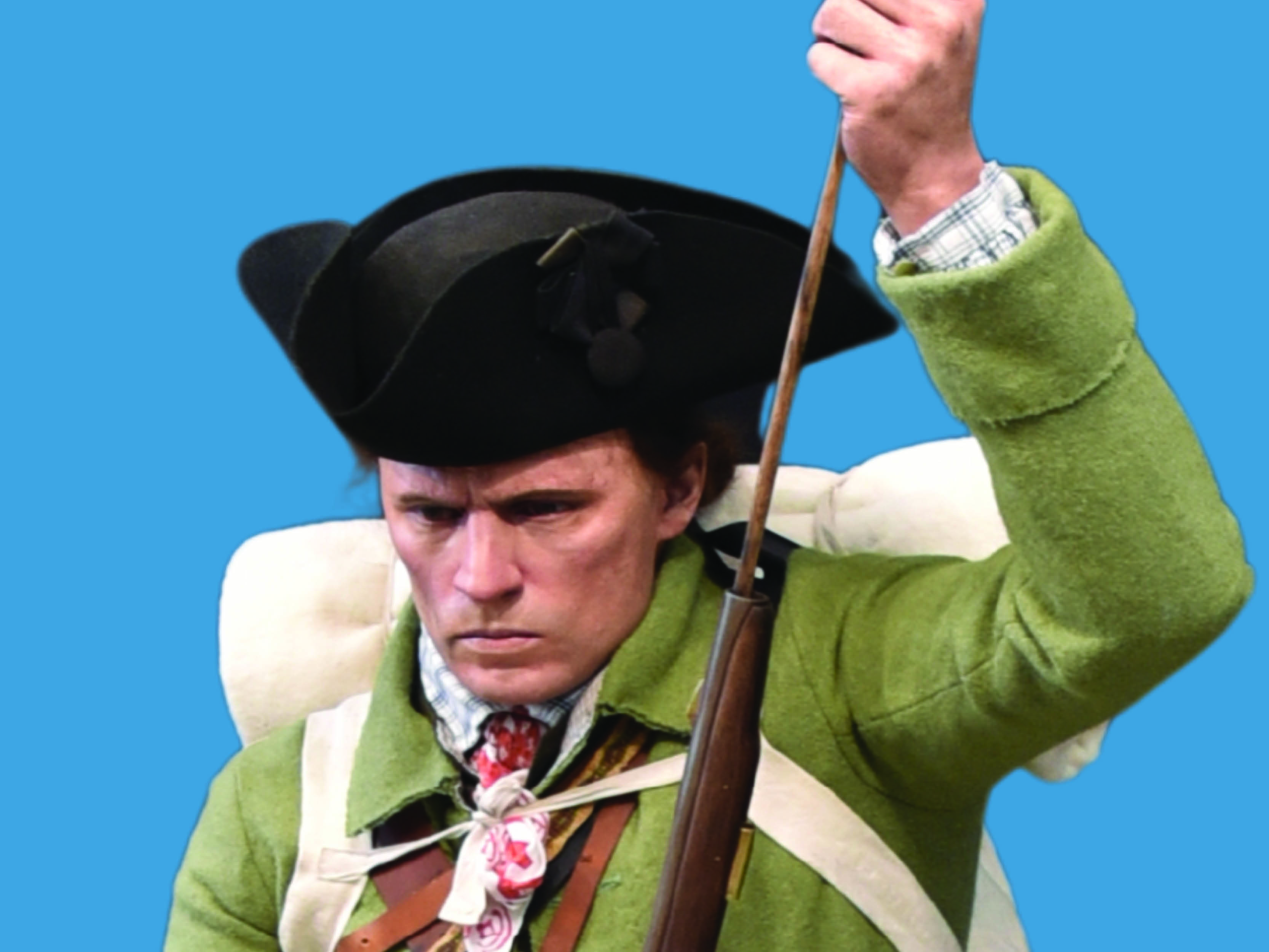
SYLVANUS WOOD -Sylvanus Wood was one of the militia men who stood at Lexington. Like many, he wore civilian clothing to the action. He recalled Capt. John Parker saying, “Every man of you who is equipped, follow me.” Later that day, Wood became the first American to capture a British soldier. In 1776, his militia unit became the 26th Continental Regiment.
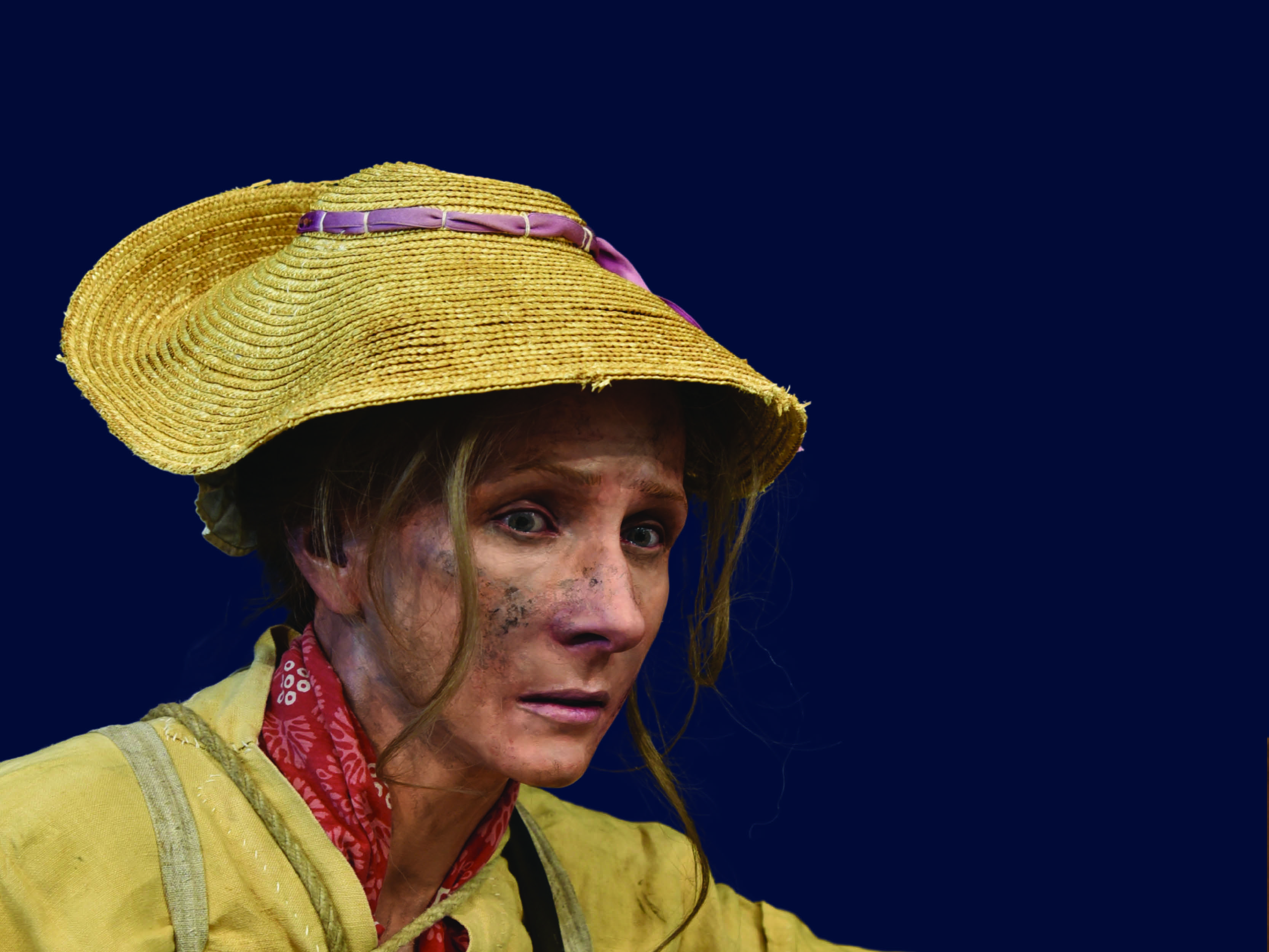

ANNA MARIA LANE -Anna Maria Lane was one of the few women known to have fought in the war. She was wounded at Germantown and received a pension from the state of Virginia. The state legislature noted that, in the garb, and with the courage of a soldier,” she had “performed extraordinary military service.”
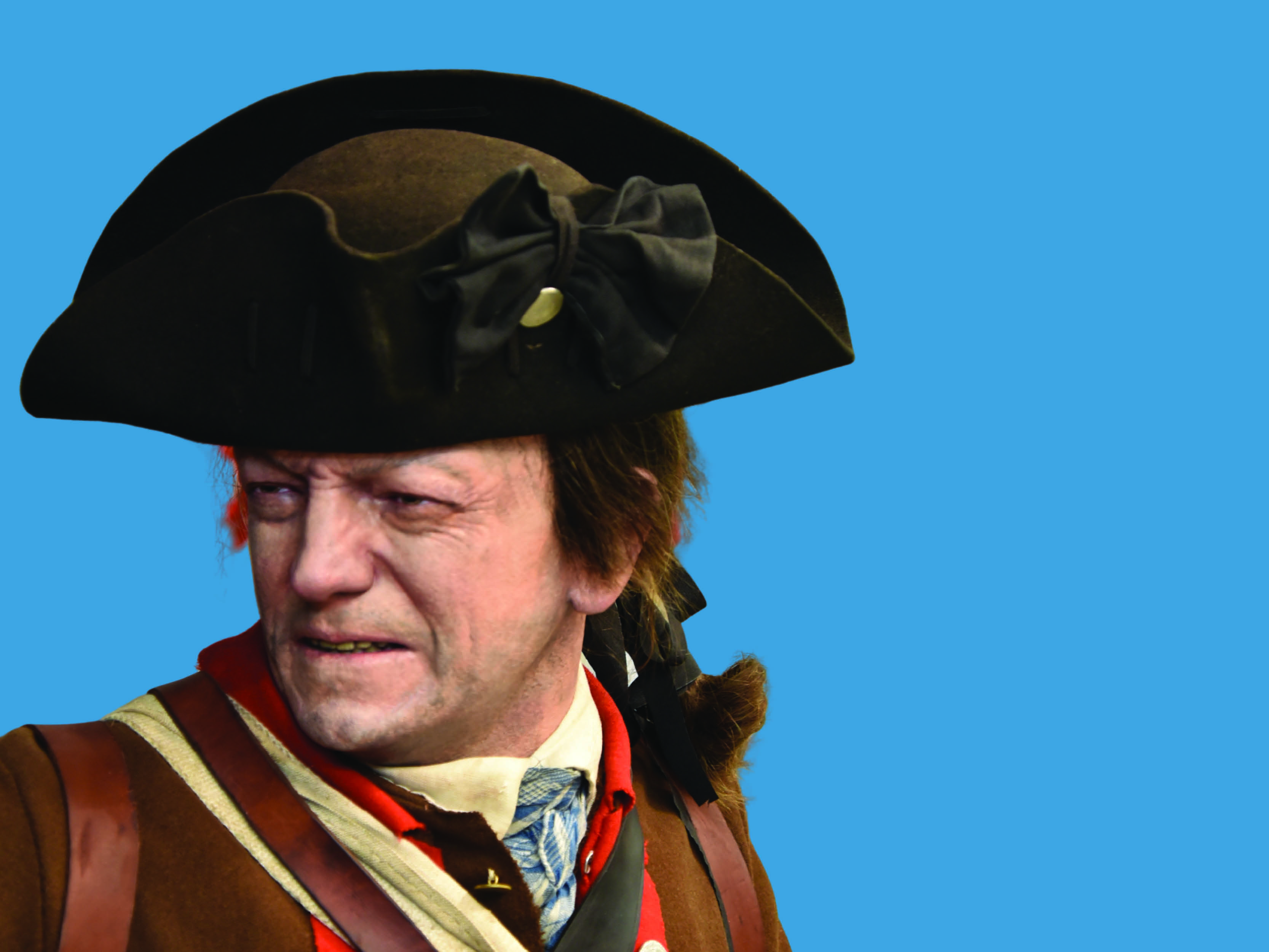

JOHN LANE -In 1776, John Lane joined the Continental Army. His wife, Anna, followed him when he enlisted. John was wounded at White Plains and the couple fought together at Germantown. He later served in the Siege of Savannah. After the war, Lane spent his last years in Richmond, Virginia.
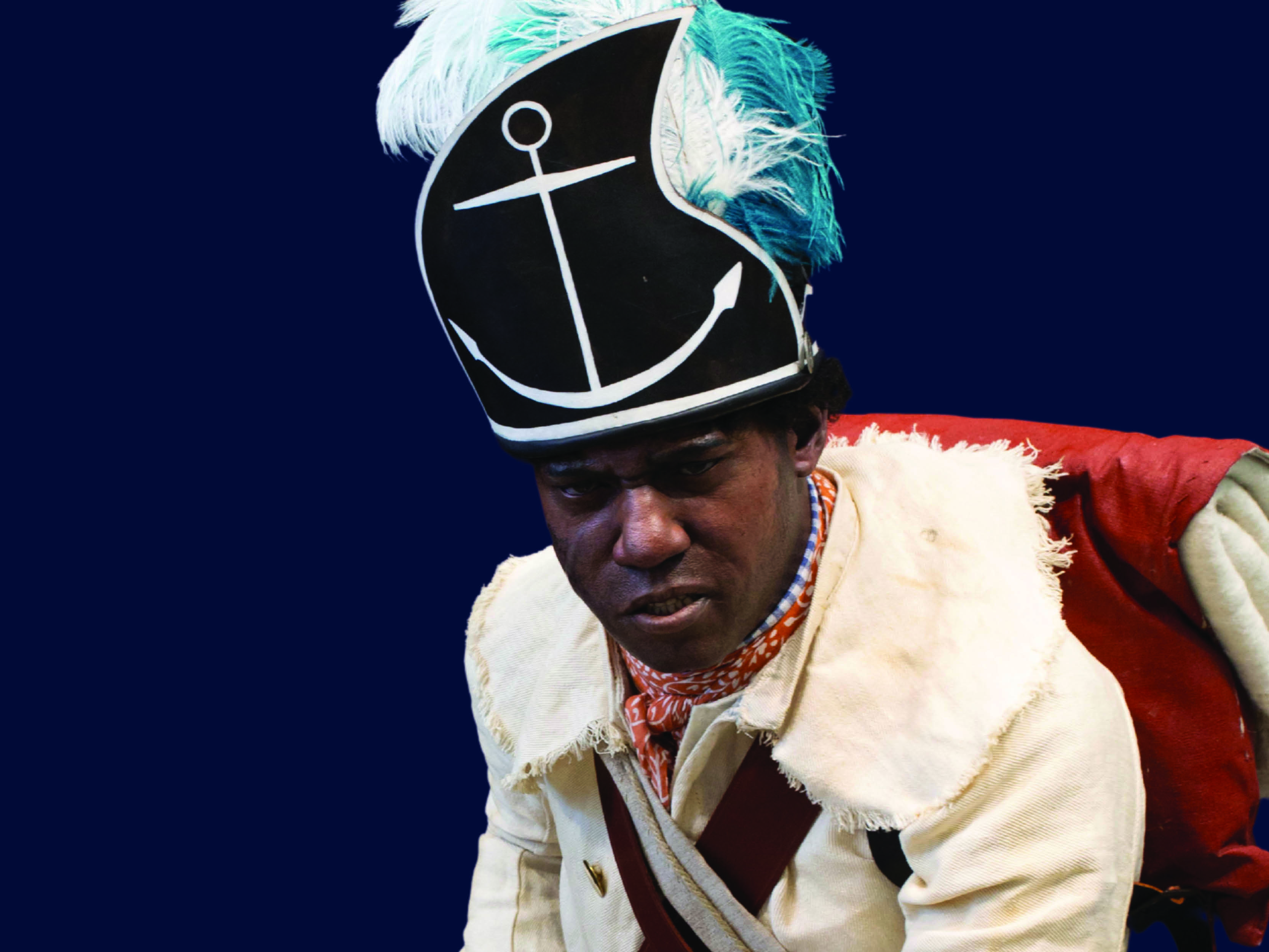

CATO VERNON (VARNUM) -In 1778, at the age of 16, Cato Vernon enlisted in the 1st Rhode Island Regiment. He was an enslaved person owned by merchant William Vernon. Cato soon changed his last name to Varnum, the surname of his former regiment commander. He earned his freedom through enrolling in the Army. For his service of five years, he was awarded the badge of distinction for “bravery, fidelity, and good conduct.”
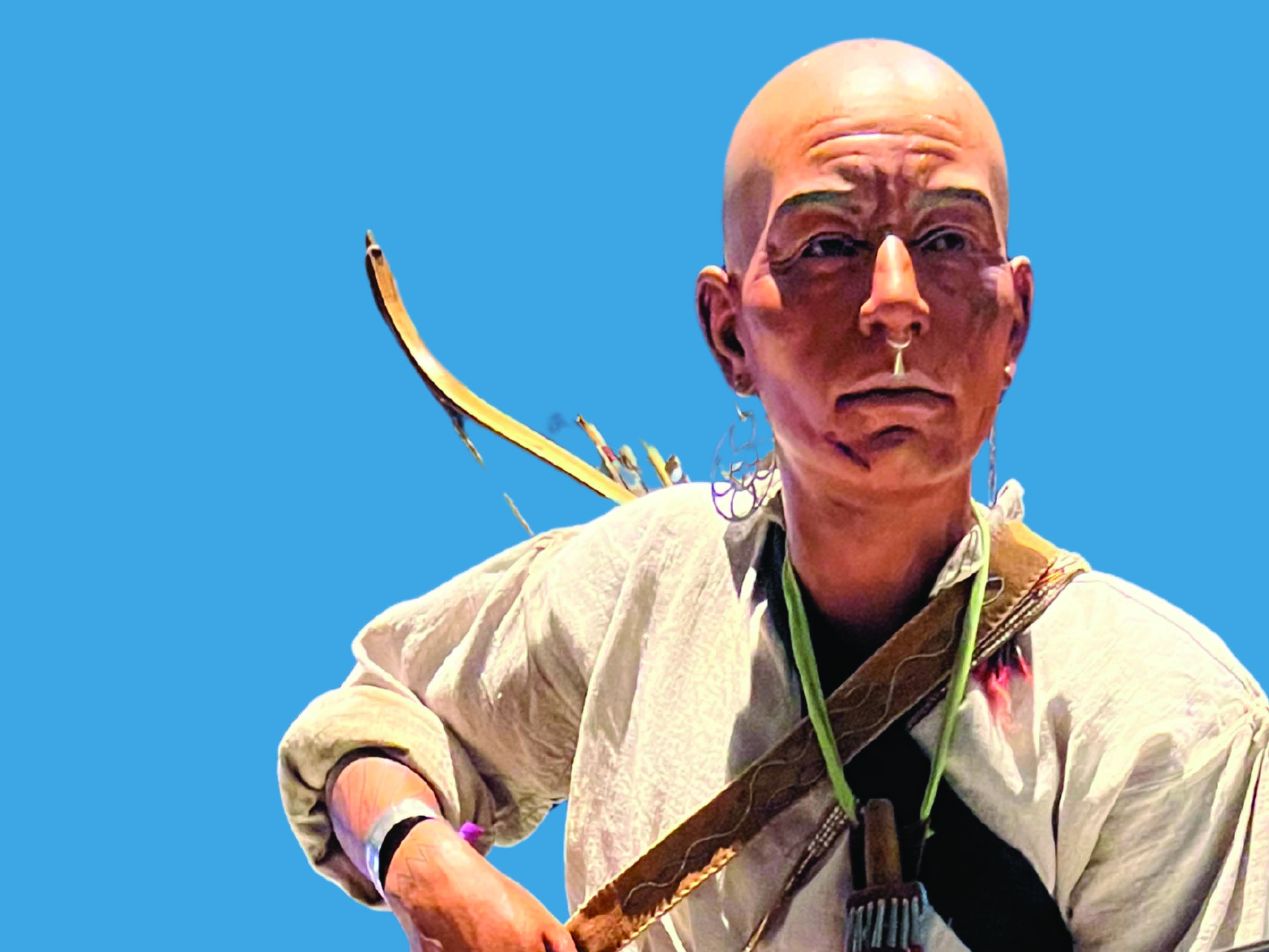

DANIEL NIMHAM -Daniel Nimham was the last sachem (chief) of the Wappinger People. At the age of 49 he joined the Patriots at Boston in a company that recruited other Stockbridge Indians into the Army. They served as scouts and sharpshooters. At the Battle of Kingsbridge, 16 Stockbridge Indians were killed, including Daniel and his son, Abraham.
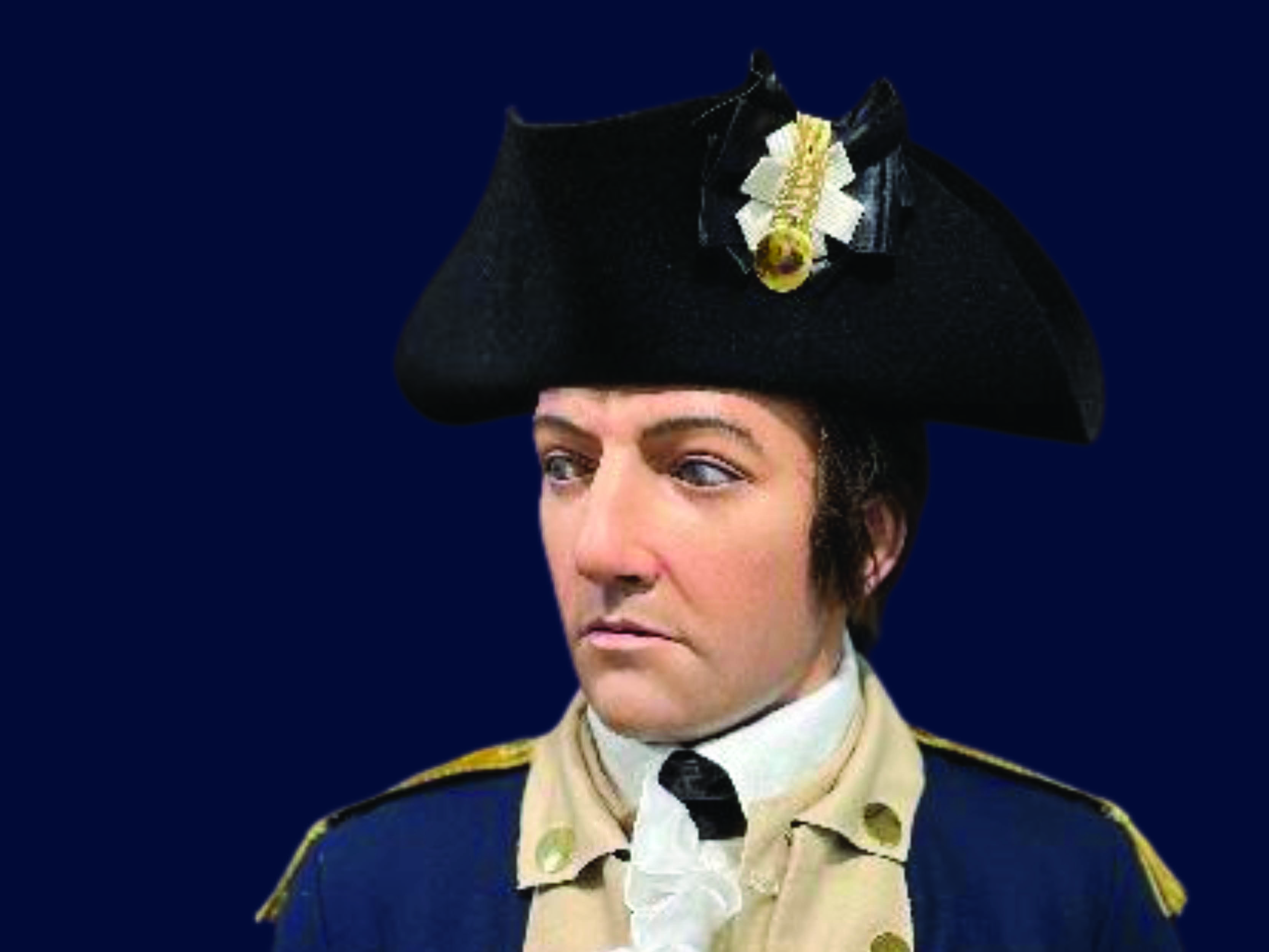

JOHN LAURENS -Born into a wealthy Charleston, South Carolina family, Laurens served on General Washington’s staff. He sought combat and was wounded in battle. The son of a slave owner, Laurens was a leading advocate for granting freedom to enslaved men in exchange for their military service. Though rejected, the plan won him praise from Washington, Lafayette, and Hamilton.
Experience the sights and sounds of the American Revolution through the personal stories of the men and women who fought in it.


Curated specifically to commemorate the 250th anniversary of the Army’s Birthday and the Declaration of…
Curated specifically to commemorate the 250th anniversary of the Army’s Birthday and the Declaration of Independence.
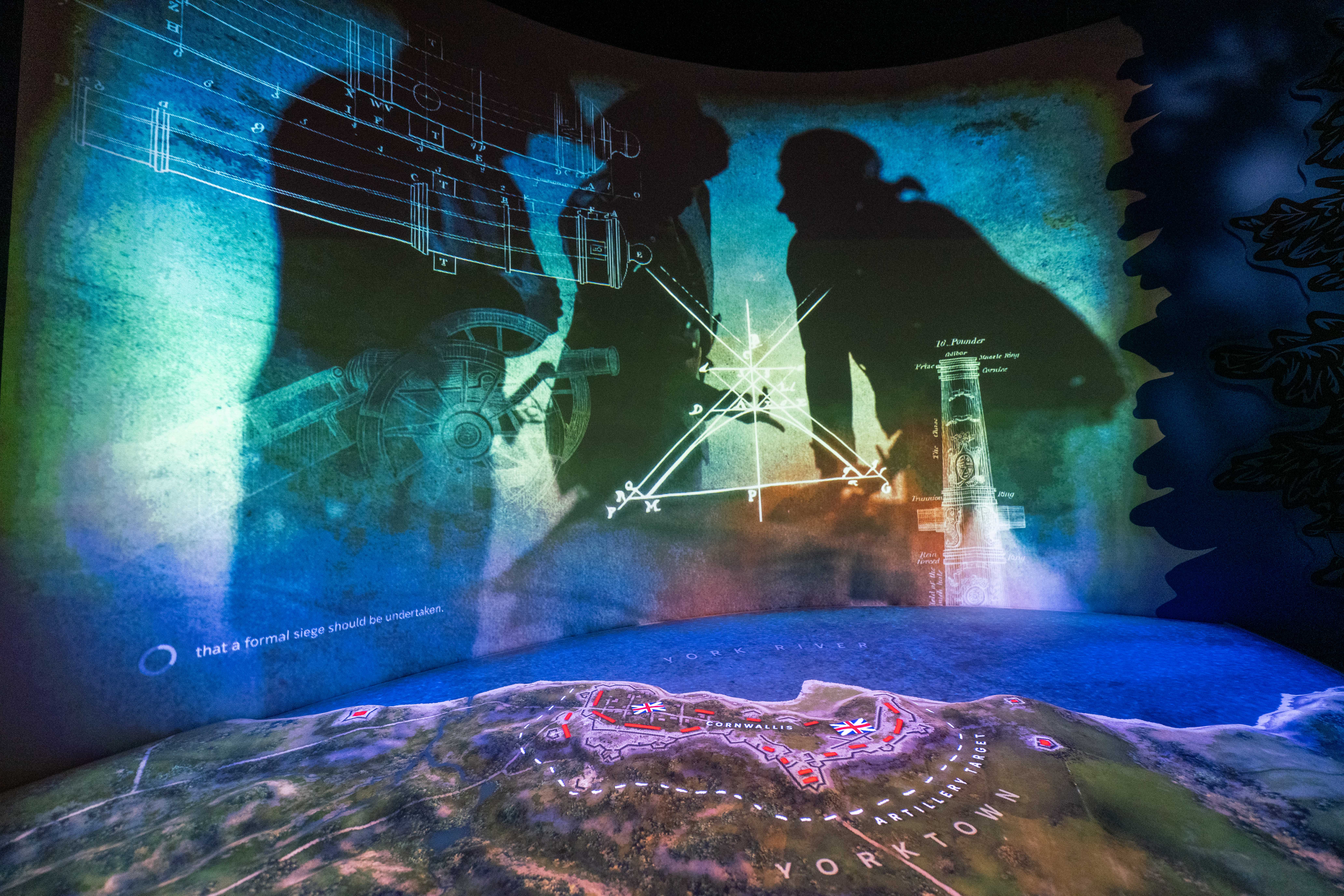

With personal artifacts, digital maps and life-sized dioramas, “CALL TO Arms” offers a deeper understanding…
With personal artifacts, digital maps and life-sized dioramas, “CALL TO Arms” offers a deeper understanding of Revolutionary War Soldiers’ experiences, exploring what they were fighting for and why they served.
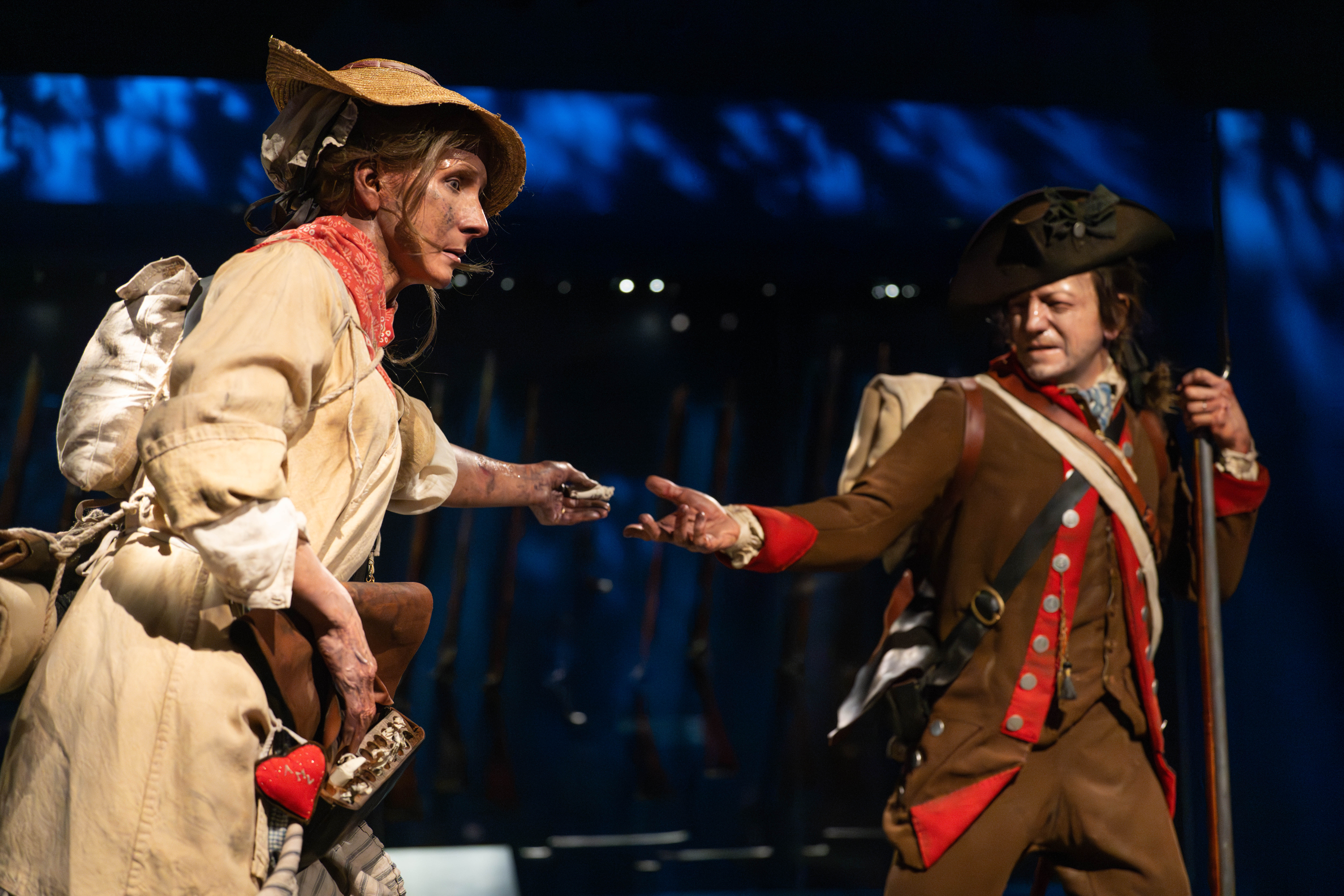

To bring personal stories to life, realistic cast figures depict actual individuals who served during…
To bring personal stories to life, realistic cast figures depict actual individuals who served during the war. This approach contrasts with the presentation style used in the museum’s permanent galleries.
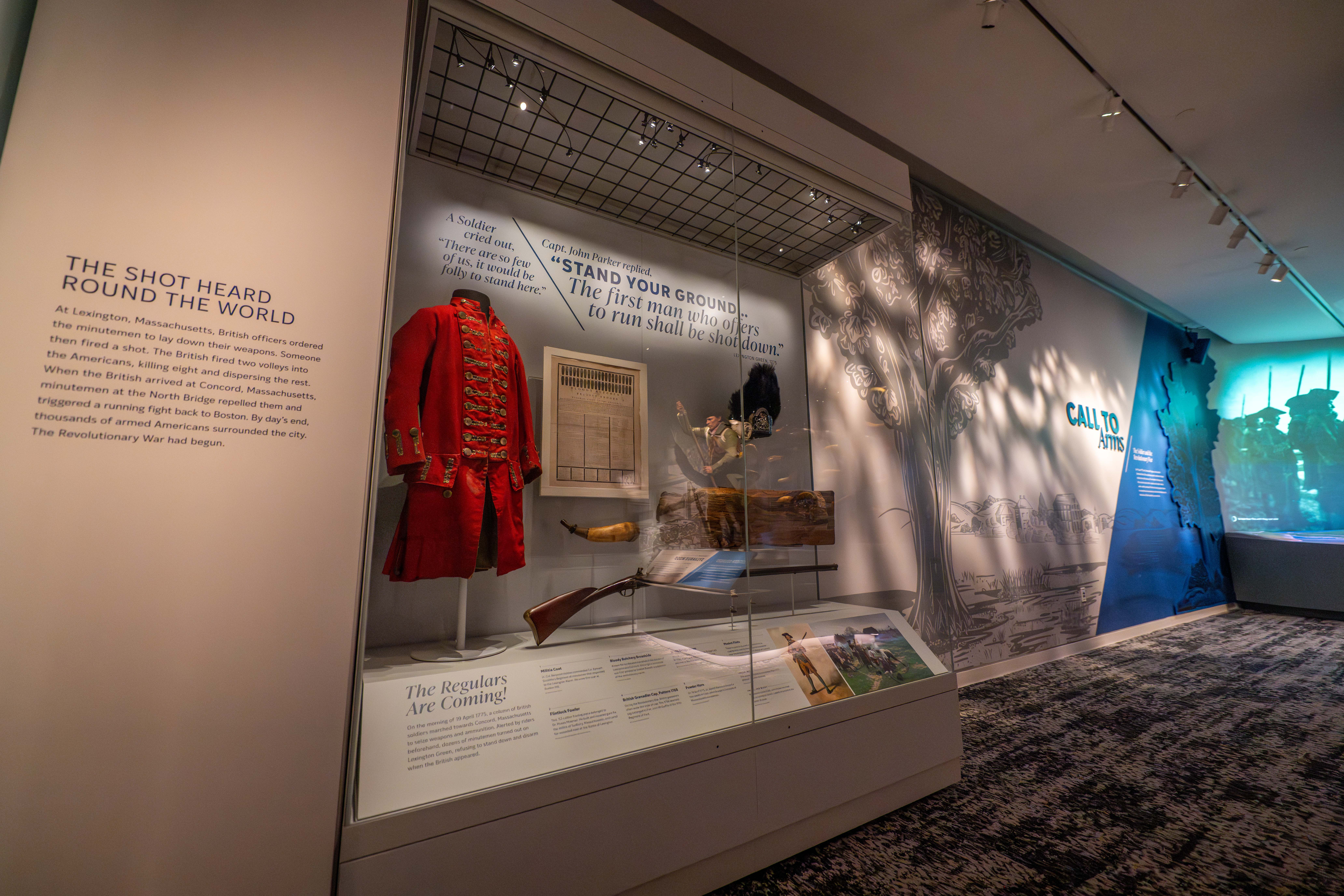

The Museum extends a special thanks to those who shared artifacts to help make this…
The Museum extends a special thanks to those who shared artifacts to help make this unique exhibit possible. This collection of one-of-a-kind artifacts, brought together for the first time under one roof, creates a powerful and unforgettable presentation.
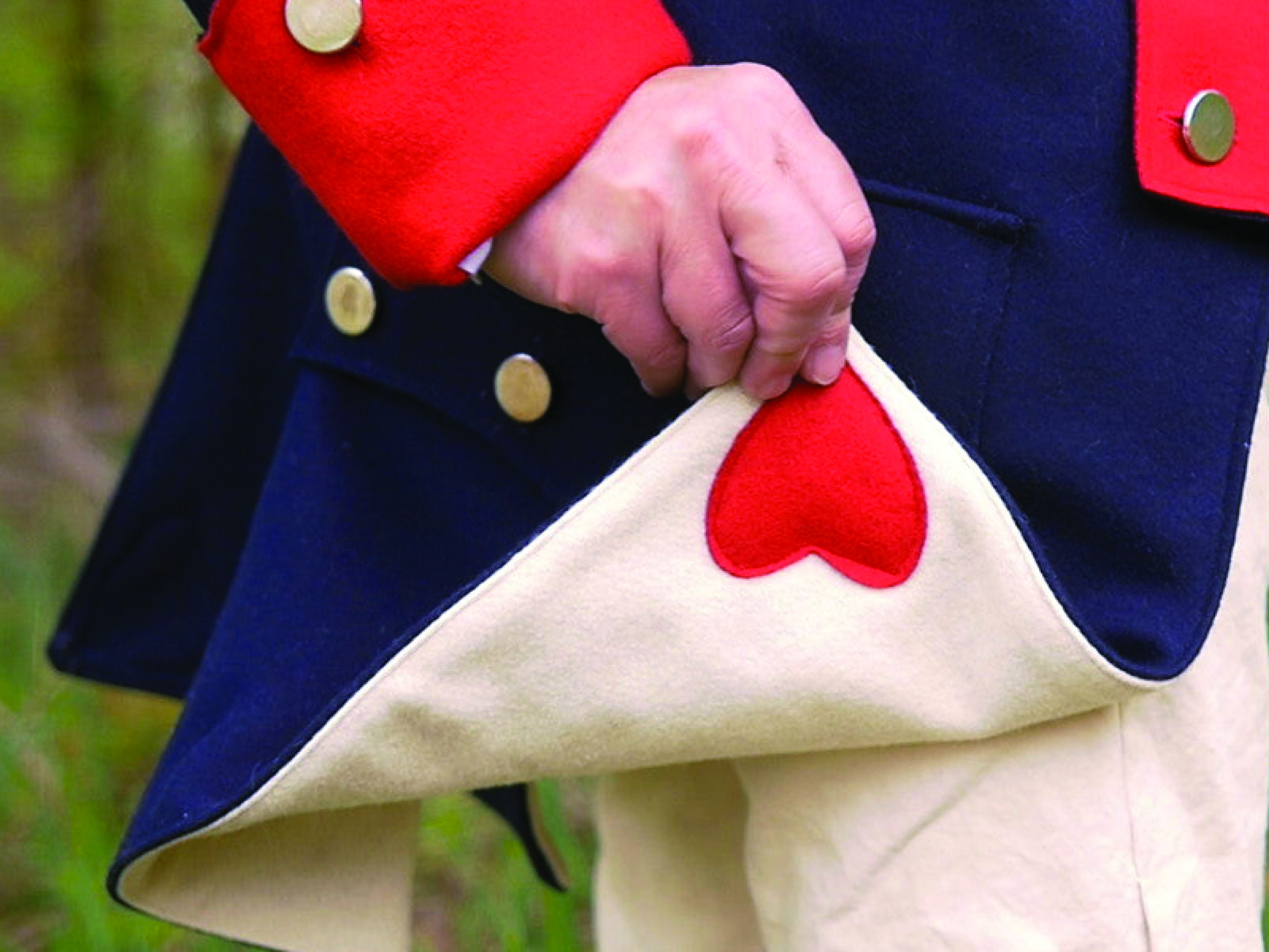

The Museum is celebrating the Army’s 250th anniversary throughout the year with free public programs. More…
The Museum is celebrating the Army’s 250th anniversary throughout the year with free public programs. More information is posted on the Museum’s events calendar.